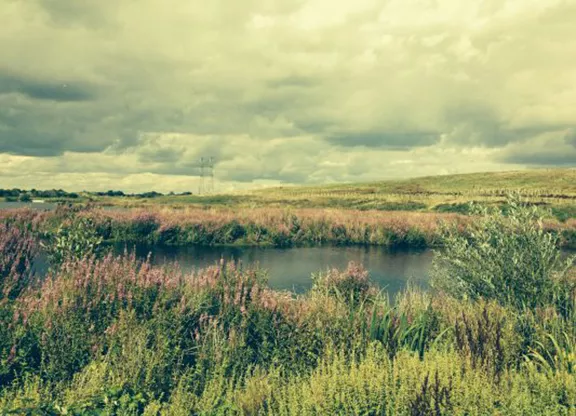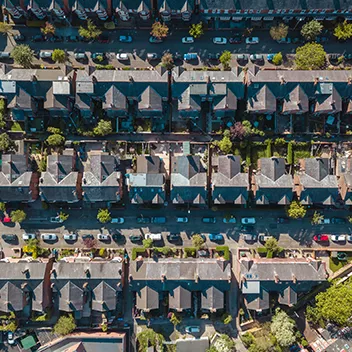Today, we send less than 5% of our rubbish to landfill. But until recently, landfill was widely seen as a convenient and cost-effective solution to the waste challenge. So what's changed? Why has landfill gone from hero to zero?
5,000 years of landfill
Our story starts in the year 3,000 BC in the Cretan capital of Knossos.
This is where the first evidence of landfilling waste has been found.
The residents of this ancient city put their waste in large pits and covered it with soil. To them, it seemed like a convenient and hygienic way of getting rid of rubbish. They would probably be surprised to learn that it would become the default method of dealing with waste across the world for next 5,000 years!

Landfill arrives in the UK
In the UK, landfilling became a popular method of disposing of rubbish in the 1800s.
People started making the link between disease and poor environmental conditions and realised that waste needed to be managed properly.
The Public Health Act of 1875 required householders to store their rubbish in dustbins and made local authorities responsible for removing and disposing of waste. This led to the widespread use of formal landfill sites across the country.
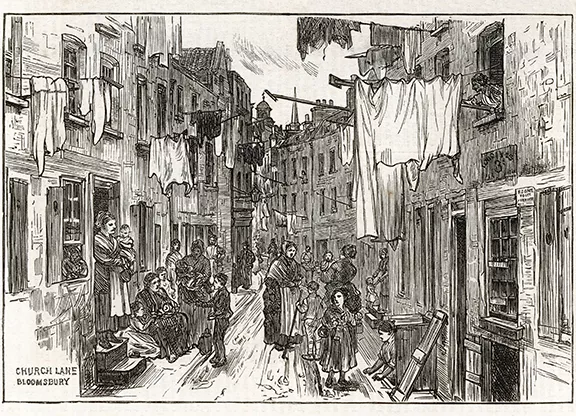
A local landfill for local waste
In the late 1990s waste started to be landfilled at the Beddington Farmlands site in Sutton.
The 120-hectare site had been used since Victorian times as a place where sewage was spread and left to dry out in man-made sludge beds.
Sewage treatment methods moved on and in the late 1990s the site owners, Thames Water, were granted permission to use the land for gravel extraction and landfill operations. The Beddington Landfill site was born. Its location, in the northeast corner of the London Borough of Sutton - close to the boundaries with Merton and Croydon - made it a convenient place to send rubbish generated by households across the SLWP region. Viridor acquired the land from Thames Water in 2004 and rubbish was landfilled at the site until it closed in 2020.
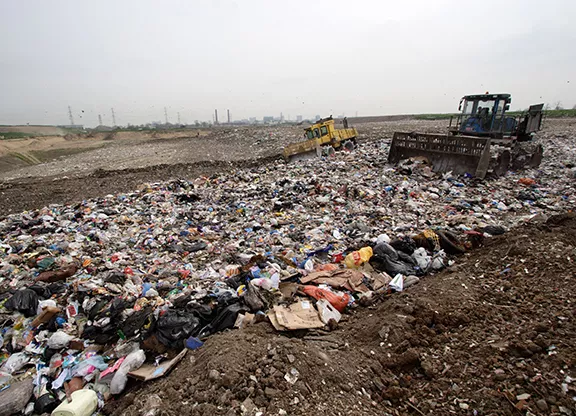
The power of methane
For generations, landfill had been seen as the best way of dealing with non-recyclable rubbish.
That all changed in the late 1990s when scientists started to understand how damaging landfill sites were to the environment and the contribution they were making to climate change.
As biodegradable waste (like food and paper) rots in landfill, it lets off methane - a greenhouse gas that is 30 times more powerful than carbon dioxide. In 1996 the UK Government introduced a landfill tax that would act as an incentive for local councils to find more environmentally sustainable alternatives to landfill. The tax increased year-on-year and within a decade, landfill had become a prohibitively expensive option for most local authorities.

A State-of-the-art solution
In 2009, the four SLWP boroughs embarked on a journey together to find a long-term replacement to the Beddington landfill site.
A three-year procurement process followed, during which different options for how to deal with our rubbish were carefully considered.
In 2012 a long-term contract was awarded to Viridor. They would build a state-of-the-art energy from waste facility to replace the Beddington landfill site. The Beddington Energy Recovery Facility (ERF) would burn waste in strictly controlled conditions, generating electricity in the process. Construction started in 2015 and the ERF become fully operational in 2019. A safe, cost-effective and environmentally sustainable alternative to landfill had been found.
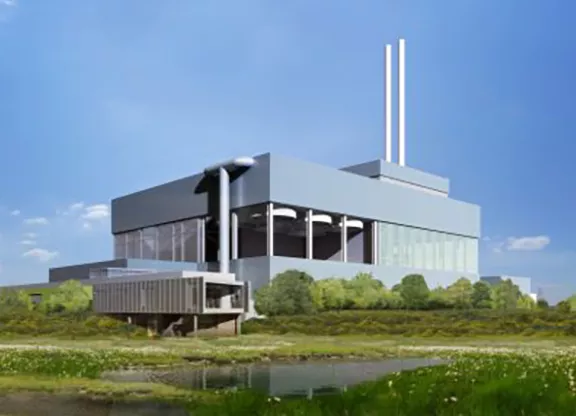
From landfill to lapwings
With the Beddington ERF up and running, the Beddington landfill could close.
The former landfill site is now being restored into a high-quality nature reserve with public access.
The Beddington Farmlands has been known for many years as one of London's most important birdwatching sites. A wide range of species (some rare) have been attracted to the site by decades of sewage and waste treatment activities. Now owned by Valencia Waste Management, the old landfill site will be actively managed for many years to come and is being restored into a network of habitats including wet grassland, meadowland and hedgerows with the aim of attracting target species including Lapwing and Little Ringed Plover.
